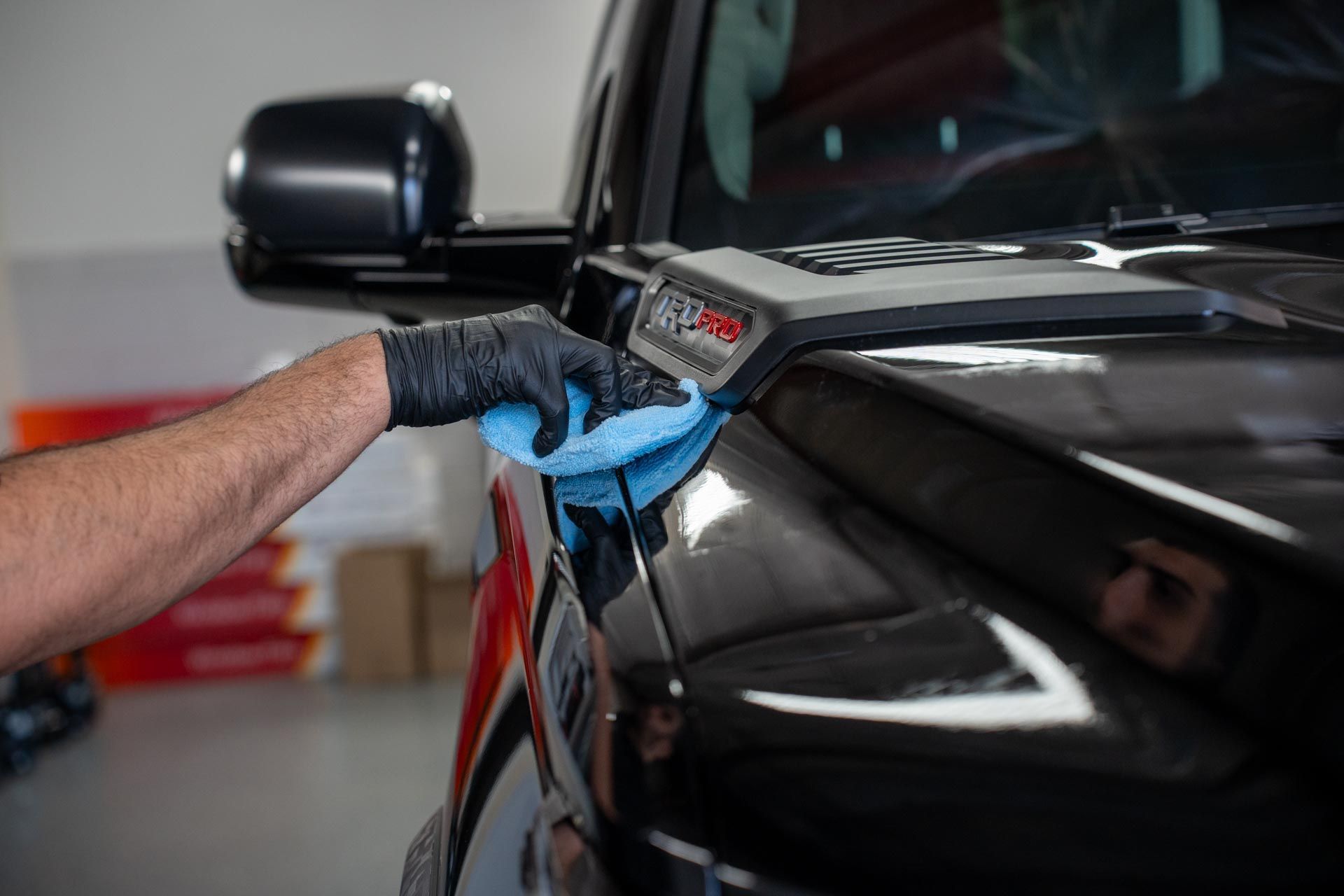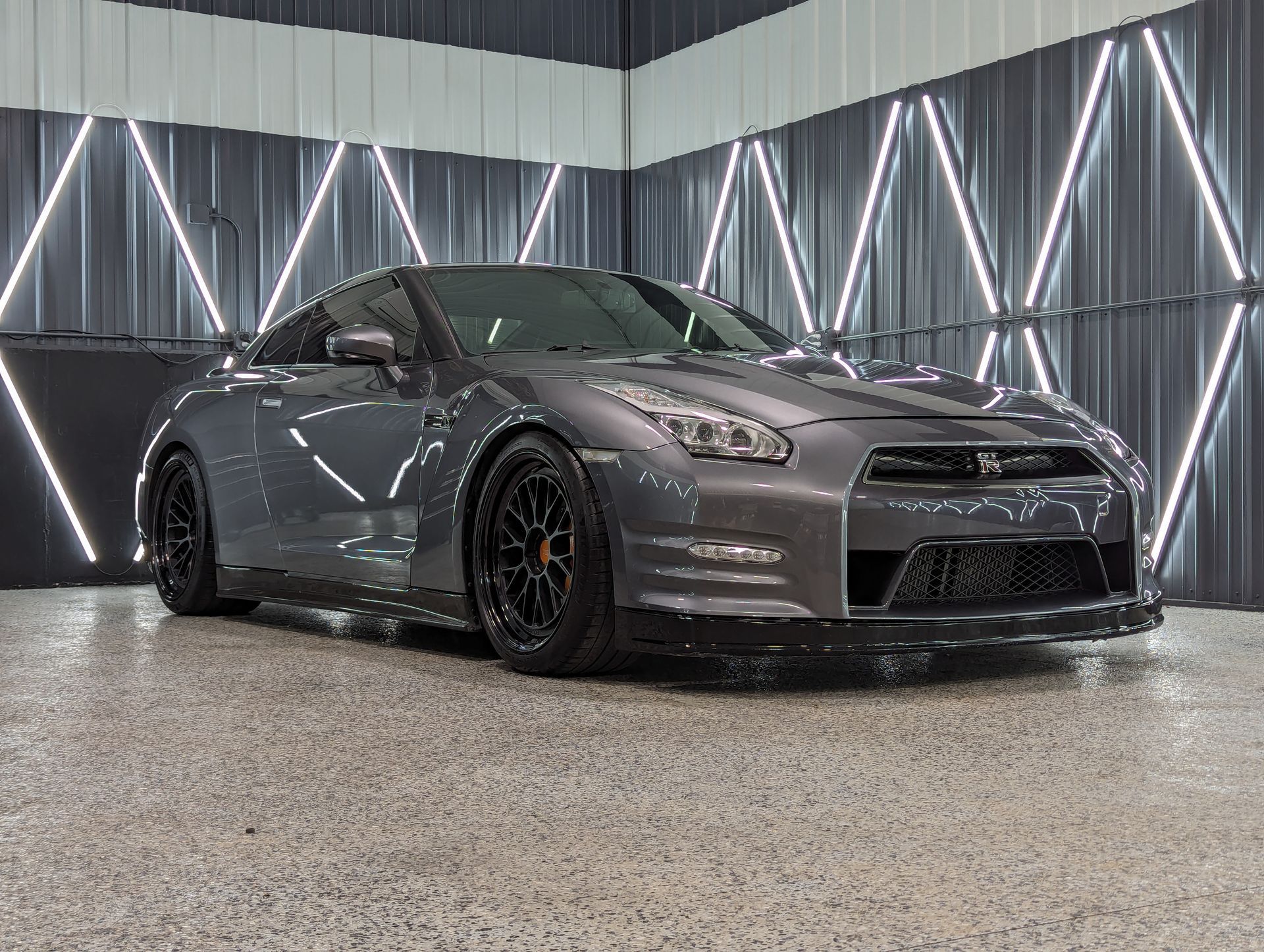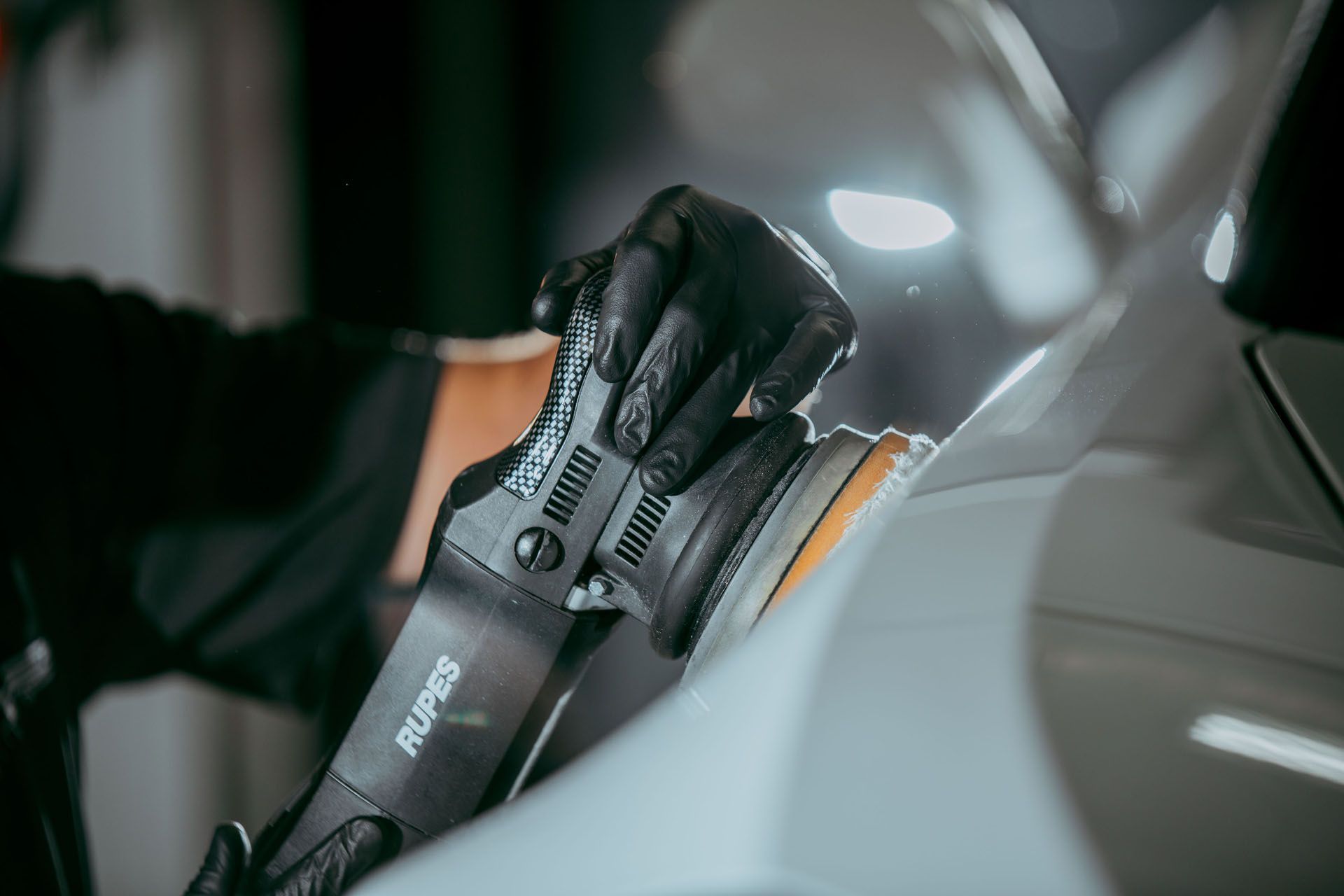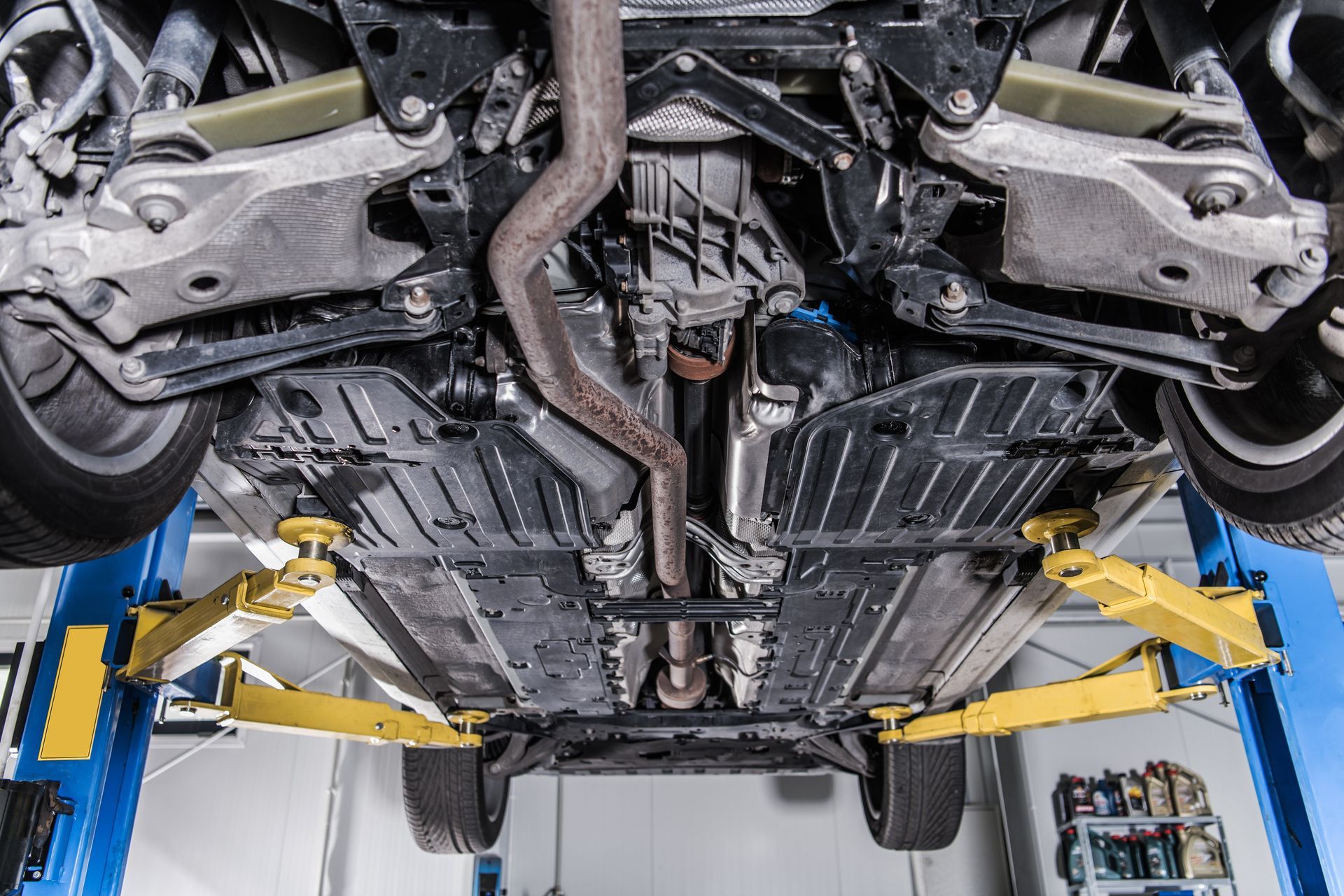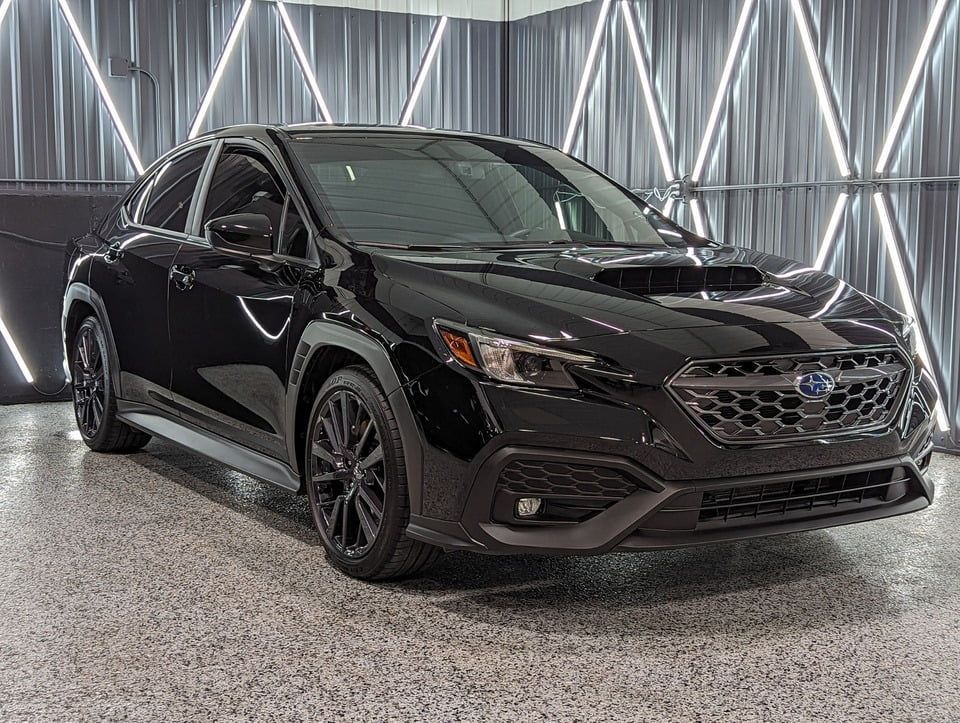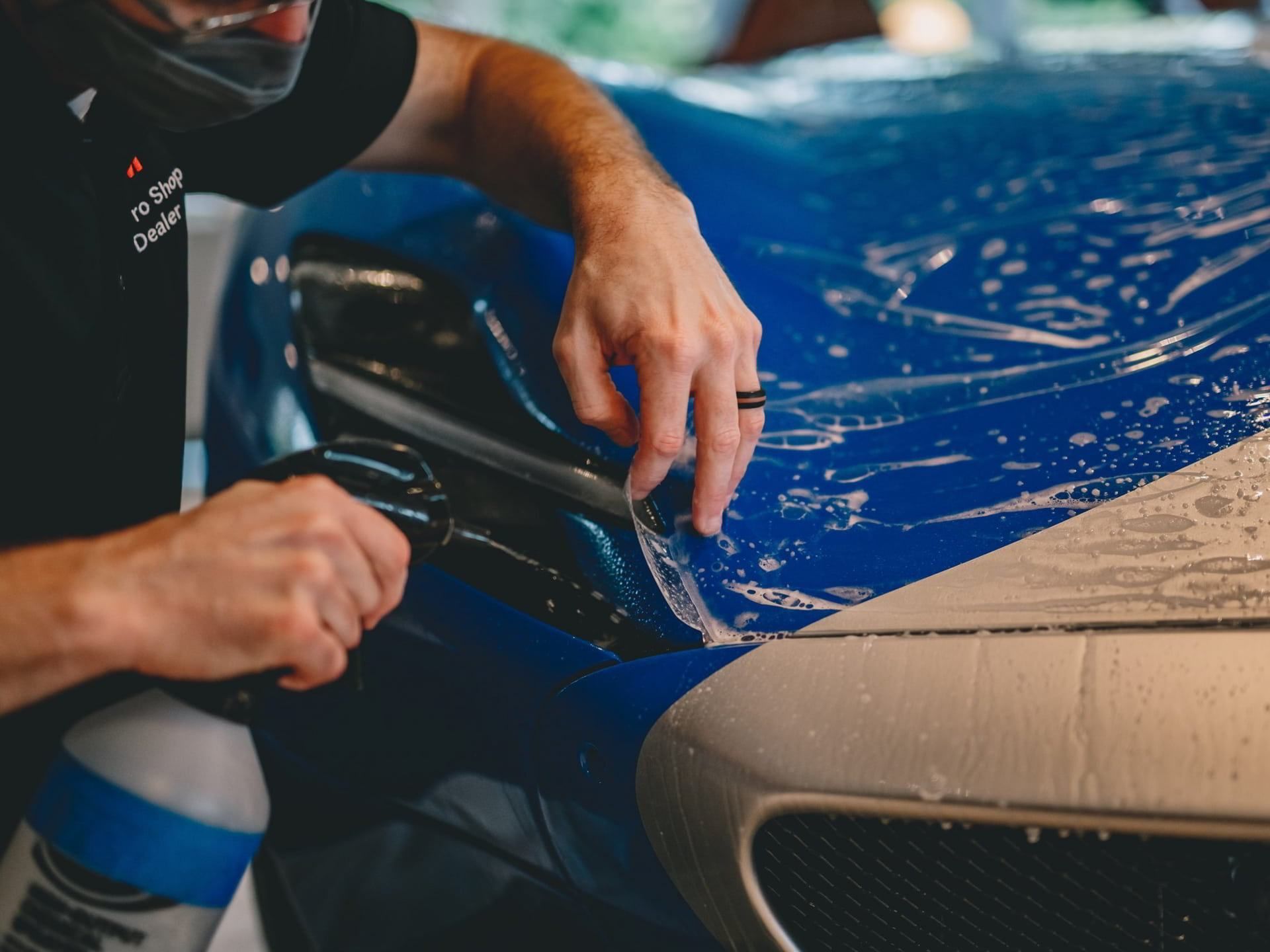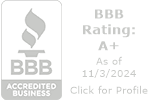Phone: 701-426-6715
DIY vs. Professional Coating: A Detailed Comparison of Benefits and Costs
When it comes to protecting our beloved possessions, especially our vehicles, many of us face a tough choice: should we take the DIY route or hire a professional? One may think that coating our car ourselves could save money, but in reality, the right choice depends on several factors like durability, skill level, and overall results. With so many options swirling around—waxes, sealants, and ceramic coatings—it’s important to weigh the pros and cons carefully. After diving into this topic, I realized just how much planning and precision go into achieving that glorious shine without damaging the surface underneath. Let’s explore the ins and outs of both DIY and professional ceramic coatings so you can make an informed decision that meets your needs.
The key differences between DIY and professional ceramic coatings include application technique, durability, and overall results; professionally applied coatings typically last longer and provide superior protection due to the detailer's expertise and higher-quality products. While DIY options can be cost-effective, they require meticulous preparation and skill to achieve satisfactory results, which may not match the finish provided by a trained professional.
Overview of Protective Coatings
Protective coatings act as armor for surfaces, shielding them from various environmental hazards. Their primary job is to enhance the longevity and visual appeal of everything from vehicles and furniture to buildings. Among these protective measures, we encounter a range of options, including waxes, sealants, and ceramic coatings, each with its unique features and applications.
One of the standout categories is ceramic coatings. These advanced products form a durable, long-lasting shield that goes beyond mere appearance. They fend off environmental contaminants while amplifying the surface's shine, creating a new visual standard. Imagine your car glistening under the sun or your patio furniture looking pristine even after exposure to harsh weather. This brilliance comes from the chemical structure of the ceramic coating itself, which bonds with the material at a molecular level.
Research supports these claims; a high-quality ceramic coating can last up to five years. Such longevity is particularly advantageous for vehicle owners who face frequent threats from UV rays and acidic rain caused by day-to-day use. Many professional detailers advocate for this kind of coating because it offers better water repellency compared to traditional waxing or sealants. This durability translates to cost-effectiveness over time as well. While an initial investment may seem significant—often ranging from hundreds to thousands of dollars—the extended lifespan minimizes repeated expenses in maintenance or damage repair.
Industries such as automotive detailing and marine applications have increasingly adopted these coatings due to their efficiency in maintaining assets' pristine conditions. For example, most luxury car manufacturers recommend ceramic coatings on their vehicles because they help preserve the paintwork during years of ownership. A car that constantly looks brand new not only enhances your driving experience but can also retain higher resale value down the line.
As you consider how best to protect your belongings, examining the methods available can shed light on both practical approaches and potential benefits.
DIY vs. Professional: Methods and Techniques
When it comes to applying protective coatings, understanding the methods used by both professionals and DIY enthusiasts is essential. Professional detailers utilize a range of tools and methods that go beyond what most individuals can access or afford. For instance, they often incorporate advanced equipment such as high-precision sprayers and rotary buffers, along with a multi-step polishing process. This typically begins with extensive surface preparation—cleaning the vehicle thoroughly, removing contaminants, and correcting paint imperfections to ensure optimal bonding with the coating. This meticulous approach maximizes the performance and lifespan of the coating applied.
Take, for example, a professional using a rotary buffer before applying a ceramic coating. This machine polishes out minute imperfections and creates an ideal surface that allows the coating to adhere properly. Their training helps achieve better results in terms of shine and longevity compared to standard methods that beginners might employ. However, despite the apparent advantages of professional methods, DIY techniques have their rightful place too.
DIY Techniques
DIY enthusiasts often turn to accessible kits that provide all necessary materials for application. These kits usually come with detailed instructions that take you step-by-step through the process—washing the vehicle, using clay bars to remove surface contaminants, and applying the coating with microfiber applicators. One insightful tip when working on a DIY application is to work in small sections to ensure even coverage and effective curing.
What many discover after attempting DIY coatings is that while they may lack some precision compared to professional applications, there lies an immense value in hands-on involvement. Not only does this empower you with practical skills, but it also cultivates a sense of accomplishment once you see your work shining under sunlight. There are factors worth considering in assessing the effectiveness of each approach.
It’s true that DIY methods can sometimes struggle against professional craftsmanship in terms of durability and finish quality—but they certainly don’t have to be dismissed outright. One component often overlooked in this debate is experience. Beginners might find themselves learning through resources available online or within community forums where people exchange tips about techniques that work best for them. An essential part of mastering any skill is patience, dedication, and practice—all valuable traits cultivated within DIY applications.
With these various application techniques in mind, it becomes increasingly clear that while one may appear superior at first glance, individual preferences play a crucial role in deciding which path to take. To further understand how these different methods impact results, we can explore elements like quality and finish in greater detail.
Assessing Quality and Finish
The ultimate aim of any protective coating—whether you choose to tackle it yourself or enlist the help of professionals—is to achieve a high-quality finish that not only looks good but also stands the test of time. To assess this quality effectively, it's important to focus on several key elements that play a crucial role in determining the overall appearance and longevity of your ceramic coating.
- Gloss Level: One of the most attractive features of a freshly coated surface is its gloss level. A higher gloss level significantly enhances visual appeal, making your vehicle shine brilliantly under the sun. However, attaining that glossy finish requires meticulous application to ensure every inch of the surface is evenly treated and free from contaminants. If you're considering a DIY approach, be aware that inaccuracies in your technique can lead to streaks or uneven patches that dull the overall effect. Moving beyond aesthetics, another critical aspect of quality relates to how smooth the surface feels after application.
- Smoothness: A smooth finish plays an essential role not just in appearance but also in functionality. Surfaces with better smoothness minimize drag, whether on a vehicle during a drive or a boat while gliding through water. If you've ever noticed how many bugs or dirt particles stick to less polished surfaces, then you understand the importance of a sleek finish. During application, particularly if you’re going DIY, pay close attention to your technique or tools. Uneven application can lead to a rough texture that collects debris more quickly, meaning you’ll spend more time cleaning than enjoying your newly coated ride. Even coverage is yet another element that directly impacts both quality and performance.
- Uniform Coverage: Achieving uniform coverage is paramount when assessing the quality of any ceramic coating. An even application ensures comprehensive protection across all areas. Think of it this way: If patches are left untreated or receive lesser amounts of coating, they may degrade faster than properly treated areas. This inconsistency can compromise protective qualities and lead to premature failure of the coating itself. In DIY projects, this often boils down to thorough preparation—making sure the surface is correctly prepped and primed before diving into application. Yet another telling characteristic of quality coatings lies in their ability to withstand daily wear and tear.
While DIY efforts can yield satisfactory results for some, tests have shown consistently that professional coatings provide a more uniform and higher gloss finish compared to homemade counterparts. The factors discussed here will aid you in making an informed decision about which route aligns best with your needs and expectations for quality in ceramic coatings. With quality assessed, we now turn our attention to how long these coatings truly last under various conditions and what factors affect their durability.
Durability Factors
One of the primary reasons durability varies between DIY and professional coatings is the formulation and application technique. Professional-grade coatings are often designed with advanced materials that enhance their resistance to wear, tear, and environmental challenges. For instance, these coatings may incorporate nano-coatings that provide augmented protection against UV rays, moisture, and corrosion. By contrast, many DIY options use standard materials that simply don't hold up as well under stress.
Application methods also significantly influence durability. Professionals often apply multiple layers of coating using sophisticated equipment, ensuring an even and thorough application. This multi-layer approach creates a stronger barrier and adds depth that enhances both appearance and resilience. Imagine painting a room versus having it airbrushed; while both can look good initially, the airbrush technique offers a more durable finish.
More than just the quality of materials, it’s also about execution. The way in which a coating is applied can dramatically impact its lifespan. Moreover, maintenance is vital to prolonging the life of any coating. Regularly scheduled upkeep helps identify issues before they become significant problems. According to industry standards, professional-grade coatings may require regular maintenance checks to stay at peak performance—a small effort for a much larger reward in protection and aesthetic appeal.
As indicated in the table above, the differences in average durability speak volumes about the responsibilities tied to each option. While DIY ceramic coatings may tempt you with lower upfront costs, their shorter lifespan means you’ll need to invest time and resources more frequently. This reality highlights how seemingly small choices can compound over time.
Another important factor influencing durability is the environment where the coating will be applied. For instance, aircraft exposed to harsh weather conditions will benefit significantly from specialized coatings designed for high performance under stress. Similarly, if you’re applying a coating in coastal areas prone to salty air or regions with heavy snowfall, choosing a professional-grade solution becomes crucial for sustaining longevity.
With these durability factors laid out, it's essential to consider not just the characteristics of each option but also how they relate to cost and the commitments involved in their application. Understanding these aspects will steer your decision-making process toward what best fits your needs.
Cost Implications and Time Commitment
When it comes to cost, it's essential to look beyond mere price tags. Professional ceramic coatings can often be viewed as a hefty investment, typically ranging from $1,000 to $5,000 considering both materials and labor. This initial expense might leave you thinking twice, especially if you have budget constraints.
However, this investment may save you money in the long run—many professional services come with warranties that can lower any future reapplication costs. In contrast, opting for DIY kits—which usually cost between $50 and $300—may seem like a smart move financially. Yet, there's often an overlooked factor at play: if the application fails or the finish does not hold up, you may find yourself facing more expenses due to the need for touch-ups or reapplications. It's one of those situations where trying to save a buck can sometimes lead to costly repairs down the line. Speaking of savings, let’s shift our focus to the time aspect.
Time Investment
A DIY project isn't just about how much cash you save; it also requires a significant time commitment. When tackling a DIY ceramic coating project, prepare to invest anywhere from 6 to 8 hours. This timeframe includes not only applying the coating but also crucial preparation steps and curing time that allow the coating to bond effectively with your vehicle's surface. On the other hand, professionals bring experience to the table that enables them to complete the work efficiently—often wrapping up the job within a single day or two without sacrificing quality. This means less downtime for your vehicle while ensuring you enjoy a durable finish that's expertly applied.
Individuals must weigh whether the cost savings of a DIY approach justify the significant time spent on both preparation and execution. If you're feeling uncertain or lack experience with such intricate tasks, this consideration becomes even more critical. After all, what might start as an ambitious, budget-friendly project could quickly turn into a frustrating endeavor if expectations aren't met or quality suffers. As we consider various options available for car care, balancing costs and time commitments will guide your decision-making process while aiming for optimal results. Let's explore what factors contribute to assessing these choices more thoroughly.
Weighing the Benefits and Drawbacks
Let's start with the benefits of embarking on a DIY ceramic coating project. One strong reason to opt for this approach is cost savings. While professional services can set you back anywhere from $500 to $2,500, DIY kits are typically available for $50 to $300. This substantial difference can be particularly appealing for those on a budget or looking to cover multiple vehicles without breaking the bank.
However, it's not just about money; there's also an element of flexibility in taking the DIY route. You control when and how you work, allowing you to balance your schedule around life's demands. While a professional might take only a few hours, a DIY enthusiast can spread the task over several weekends, tackling it at their convenience without the pressure of a ticking clock.
Moreover, engaging in a DIY project can transform into a rewarding learning opportunity. It allows individuals to cultivate valuable skills that extend beyond simply applying ceramic coatings. The process encourages hands-on experience in preparing surfaces, understanding products, and even developing attention to detail that can enhance other areas of vehicle maintenance. There’s something immensely satisfying about completing your own project and achieving tangible results.
Yet, as with any decision, there are counterpoints to consider. The drawbacks of tackling DIY coating should not be overlooked. A primary concern is the skill requirement involved; if you're a beginner with only wax application experience, mastering the complexities of ceramic coatings may prove challenging.
Missteps—like insufficient surface prep or uneven application—can lead to frustrating results that do not provide the long-lasting protection intended. Time is another critical factor when weighing both options. Even though the initial purchase might save money, DIY applications often demand significant time consumption, sometimes stretching from 10 to 20 hours for completion when factoring in preparation and curing. A busy lifestyle may render these longer commitments impractical for many.
Additionally, the quality variability associated with DIY projects represents another hurdle. While many might achieve satisfactory results with meticulous effort, others face challenges like streaks or spots that require redoing an entire section—a frustrating scenario that can undermine care taken previously. On the flip side, professional coatings offer several noteworthy advantages worth highlighting. Testimonials consistently highlight their superior quality; many users rave about flawless finishes achieved by experienced detailers who apply advanced techniques and higher-grade products not typically available for consumer use. This professionalism often translates into coatings that last significantly longer than typical DIY versions.
Despite these benefits, professional services come with their own set of challenges. The most prominent drawback is undoubtedly the higher cost, which, while justified by quality, can be a barrier for many vehicle owners hesitant to invest heavily in detailing services. Furthermore, depending on professionals also raises concerns about accessibility and availability; let's face it—even if you’re willing to fork out those extra dollars for a pristine finish, coordinating schedules or geographical constraints may complicate things significantly.
As potential buyers navigate these pros and cons while making their decision regarding ceramic coatings, they must weigh personal priorities carefully against their specific needs and circumstances. Understanding individual goals—whether they lean towards comfort in DIY projects or appreciate the reassurance of expert craftsmanship—will ultimately influence this decision.
In choosing between DIY and professional ceramic coating options, careful consideration of costs, quality, and personal capabilities will guide you toward what's best for your vehicle's care and maintenance.
Leading Ceramic Coating Services in Mandan, ND
Protect your vehicle’s beauty and value with expert ceramic coating services from Infinity Auto Styling in Mandan, ND. Our advanced coatings offer unmatched durability, hydrophobic protection, and a long-lasting glossy finish that keeps your ride looking its best through every season. Whether you drive daily or showcase your car on weekends, we’ve got the premium solution for serious shine and defense. Book your appointment today and experience the difference that professional ceramic coating can make.
Infinity Auto Styling Blog

